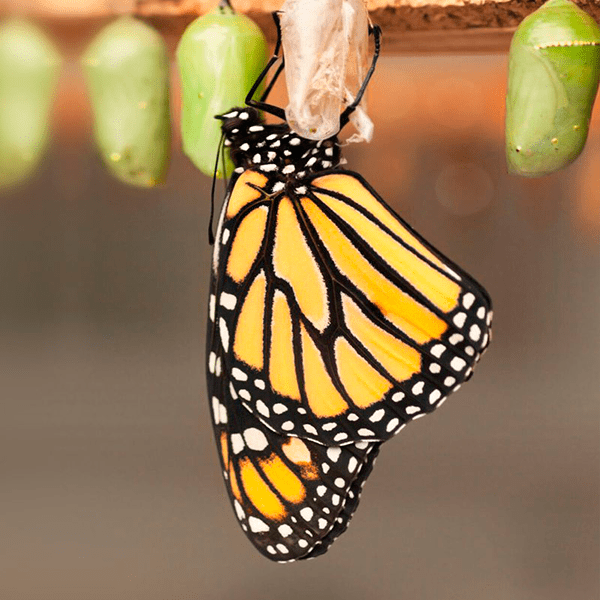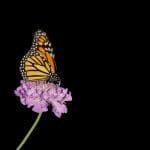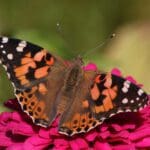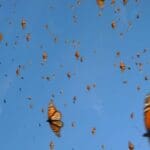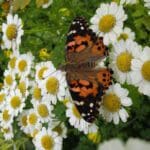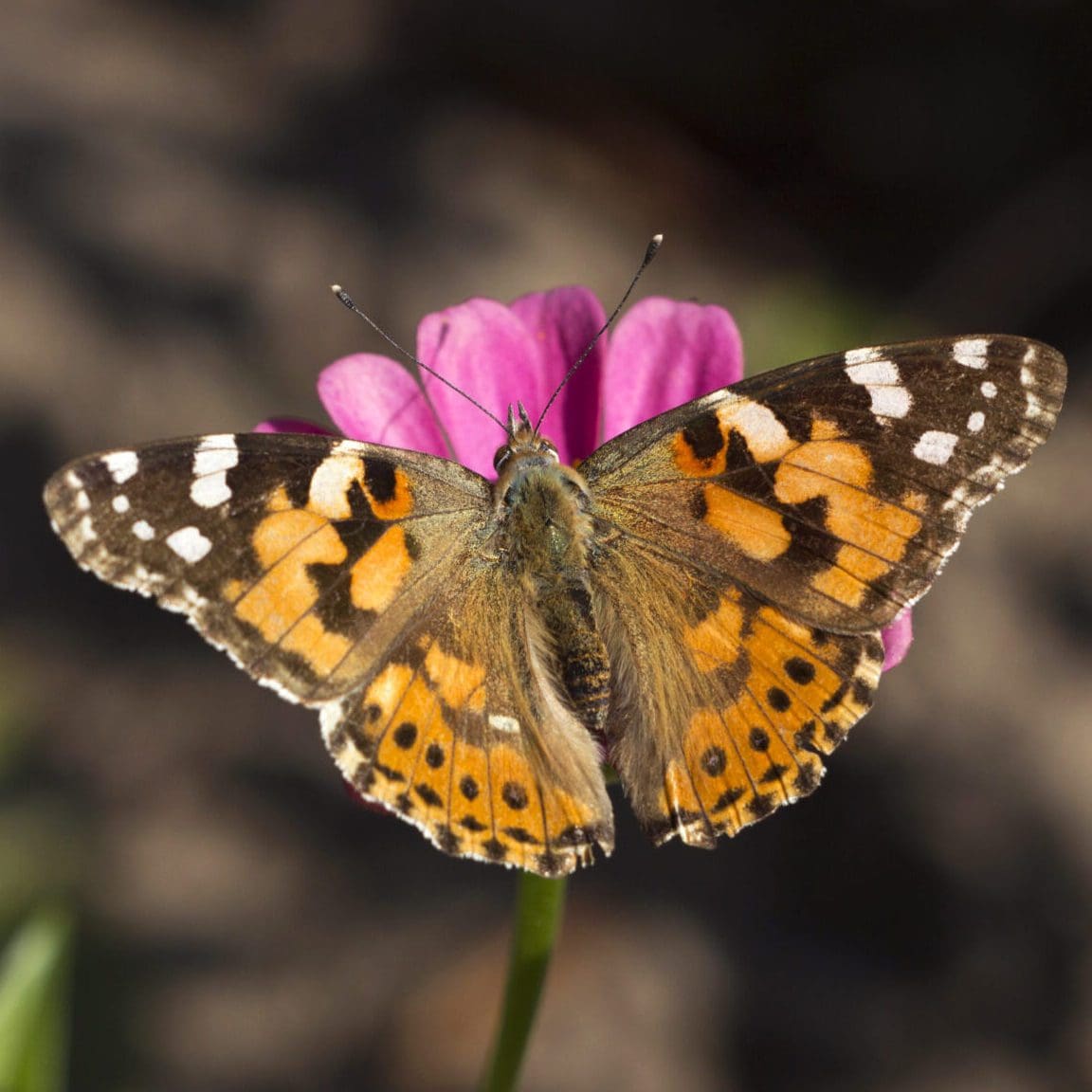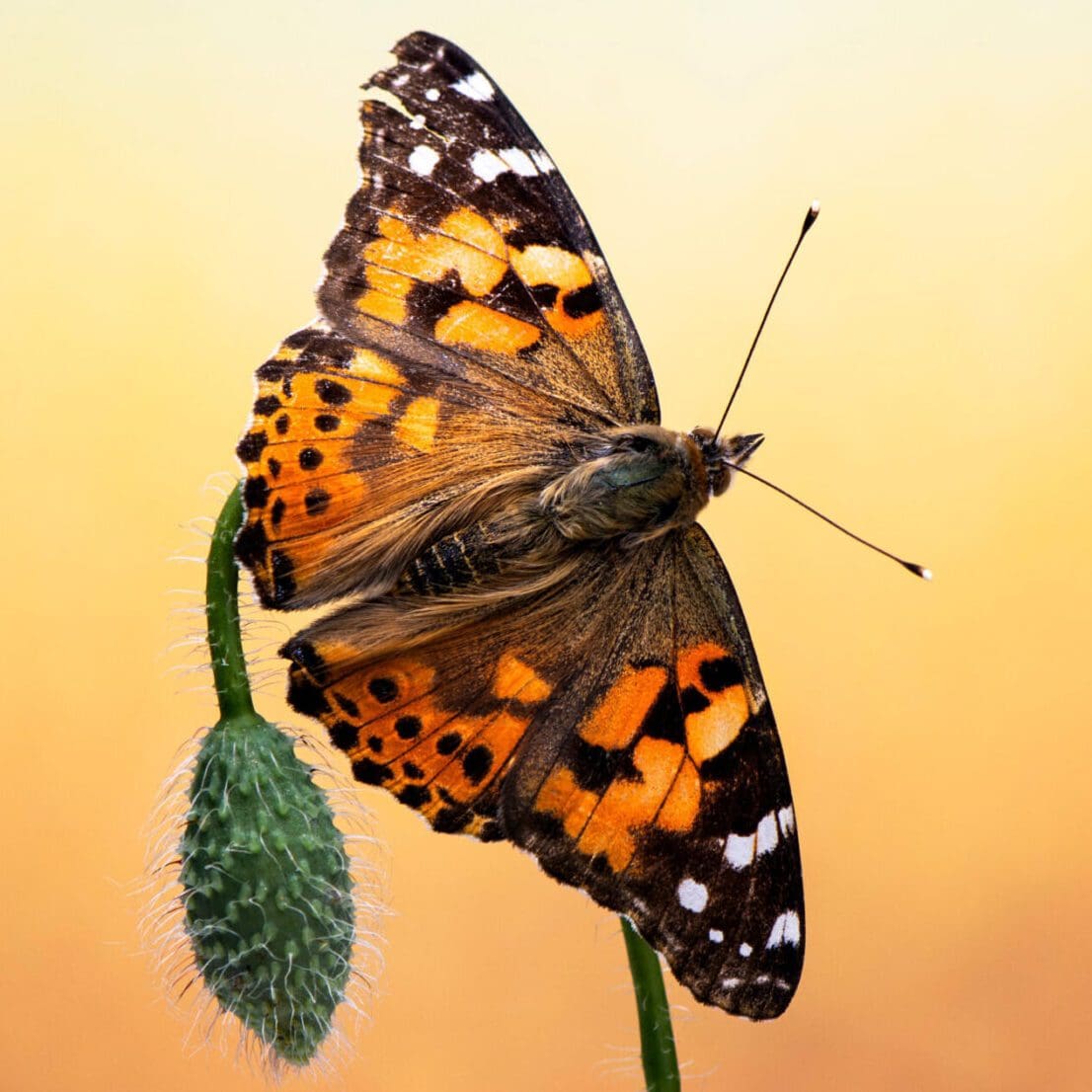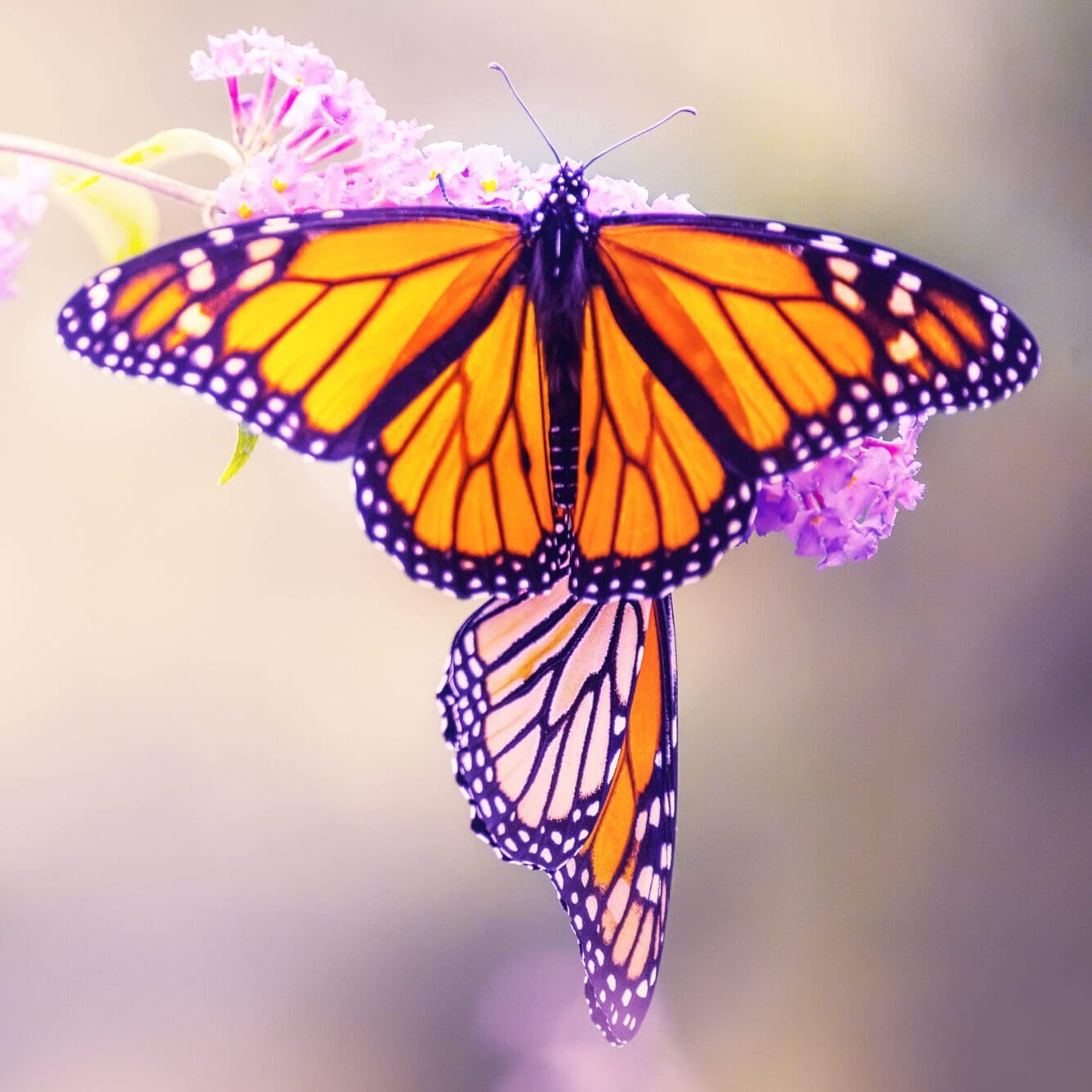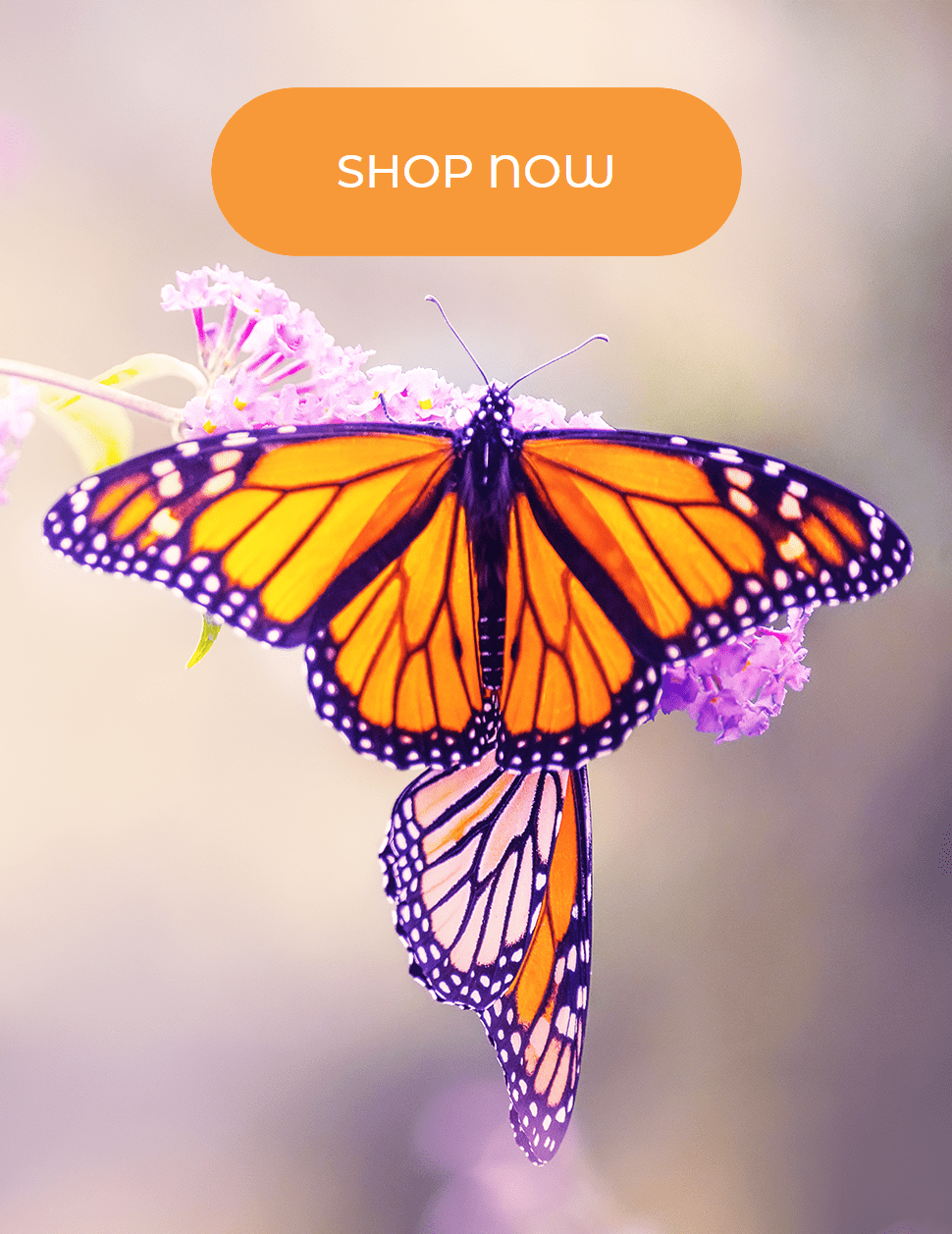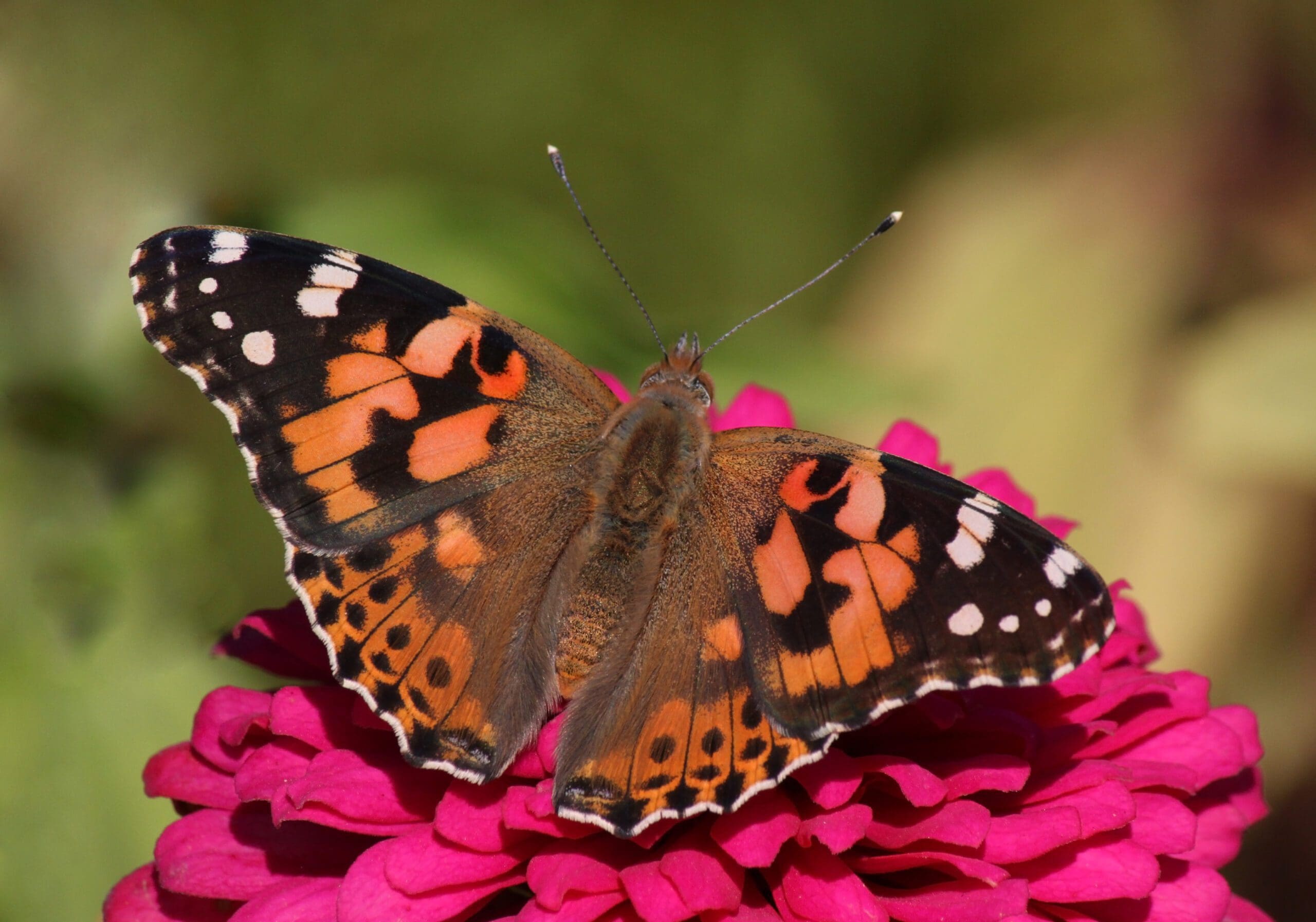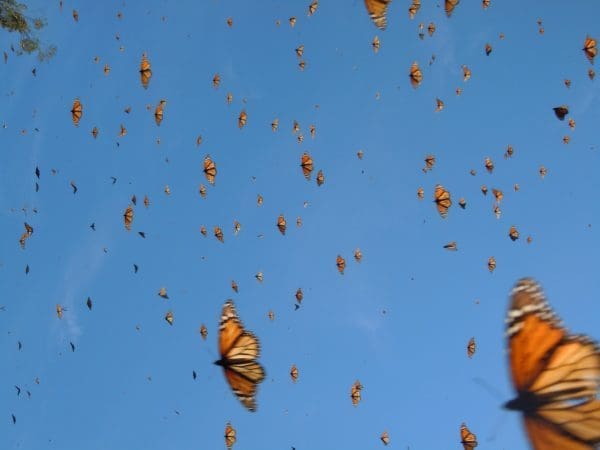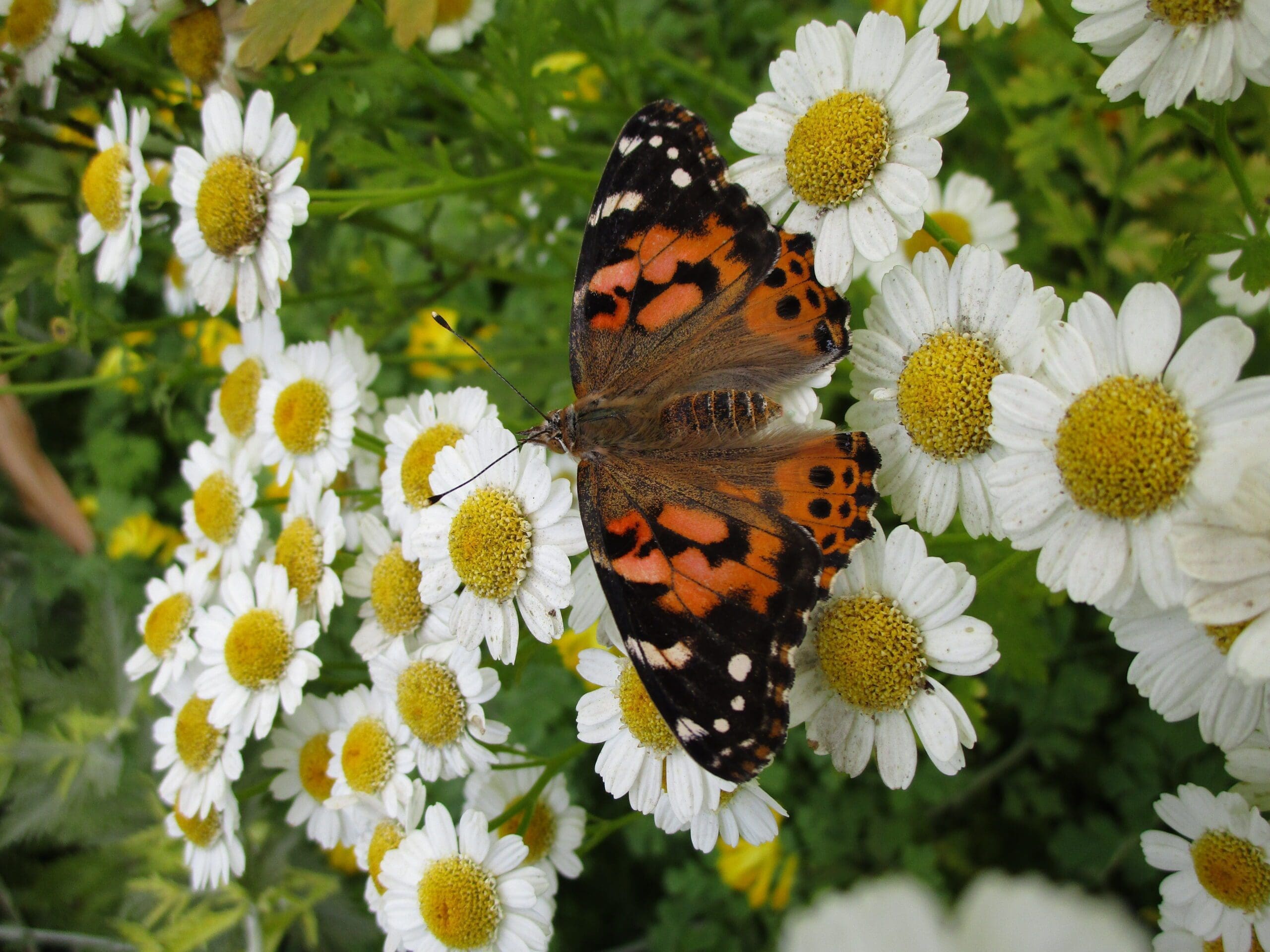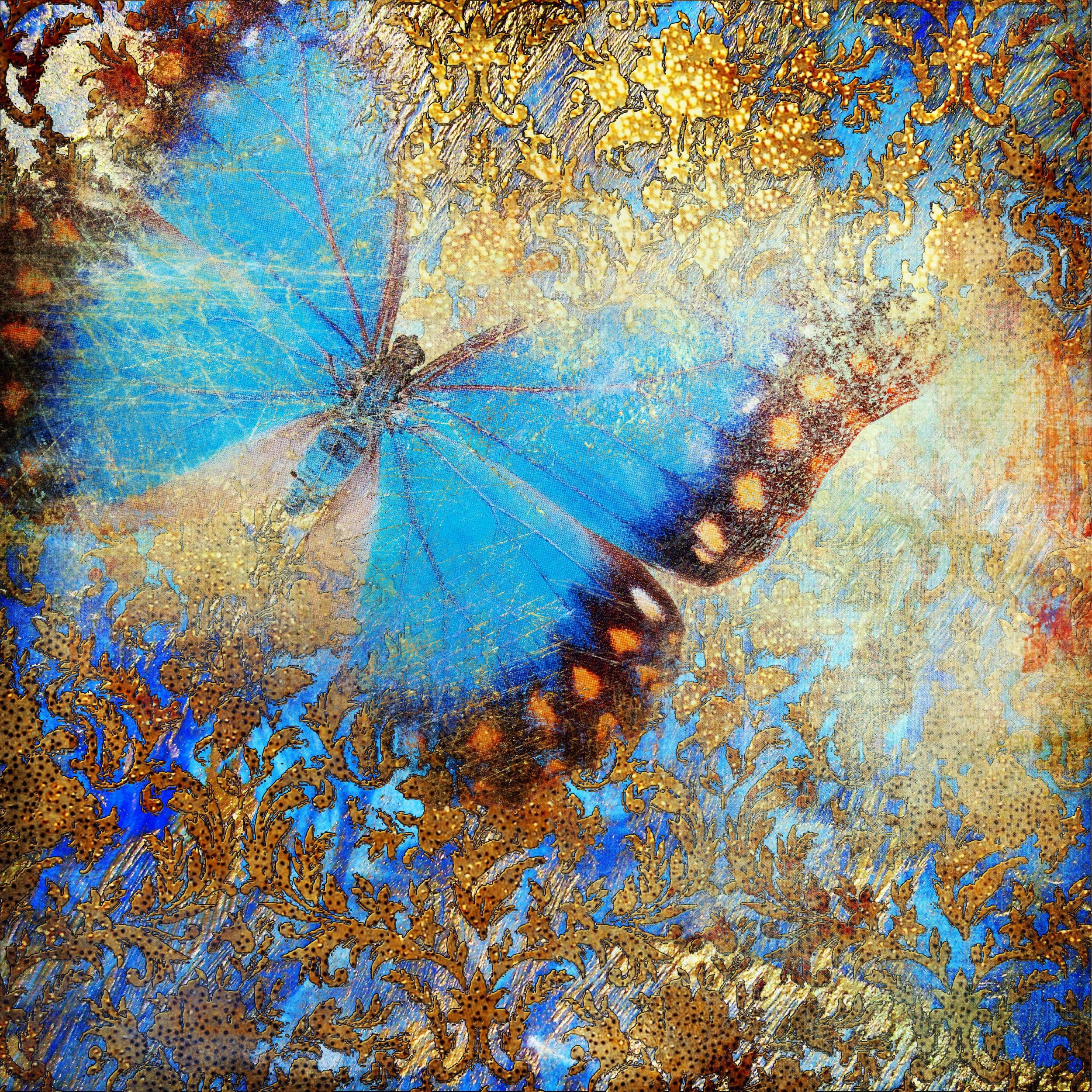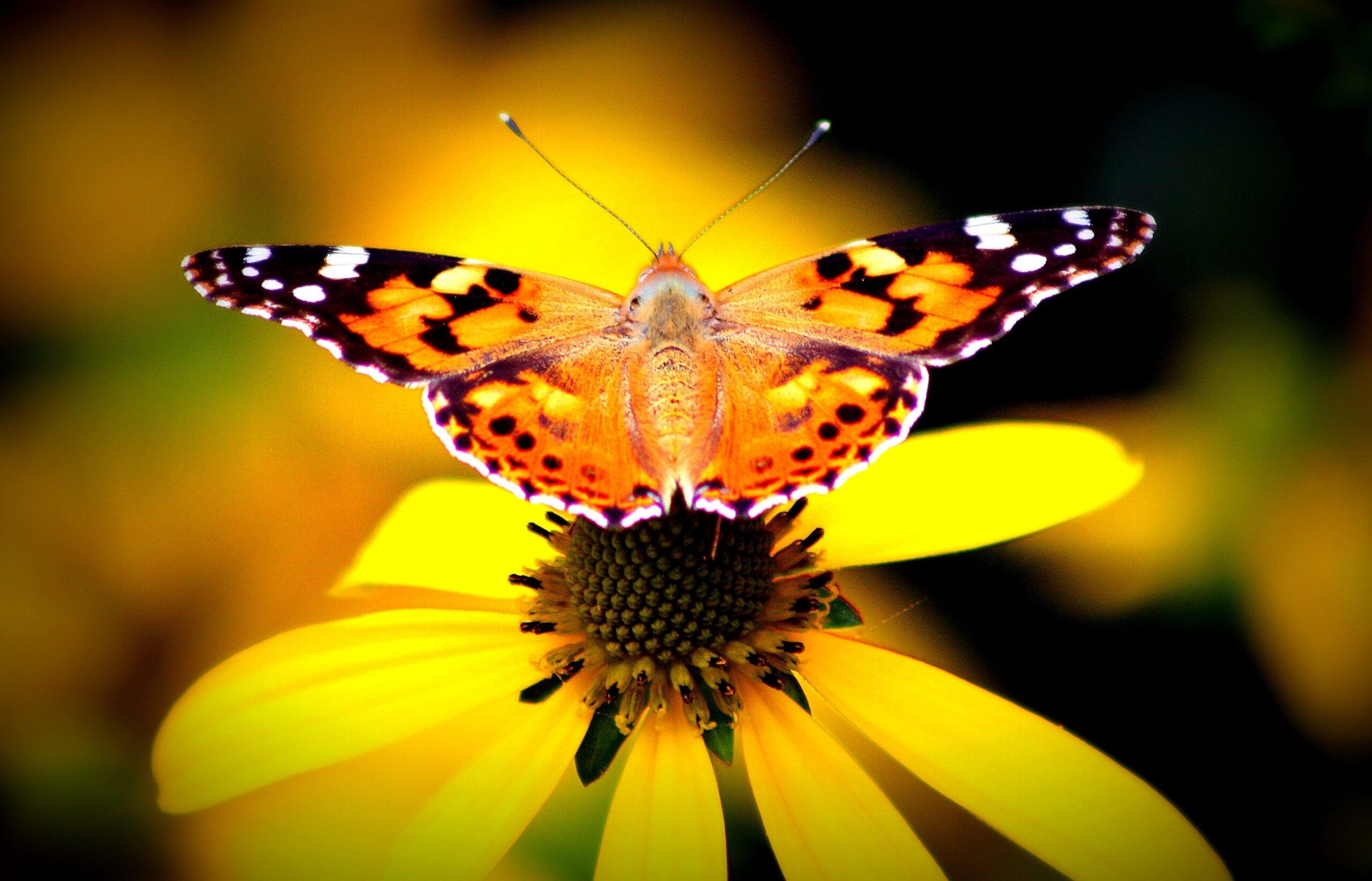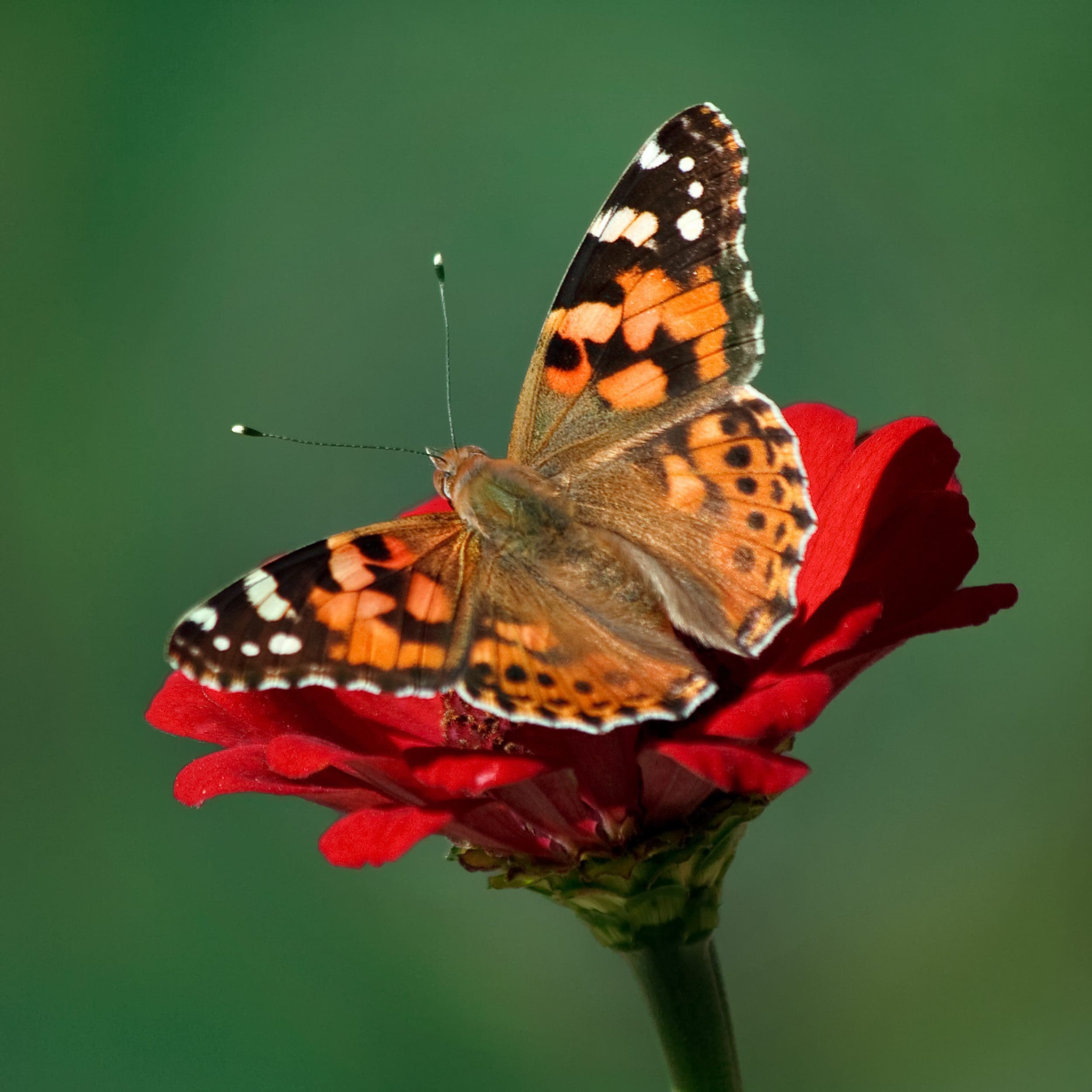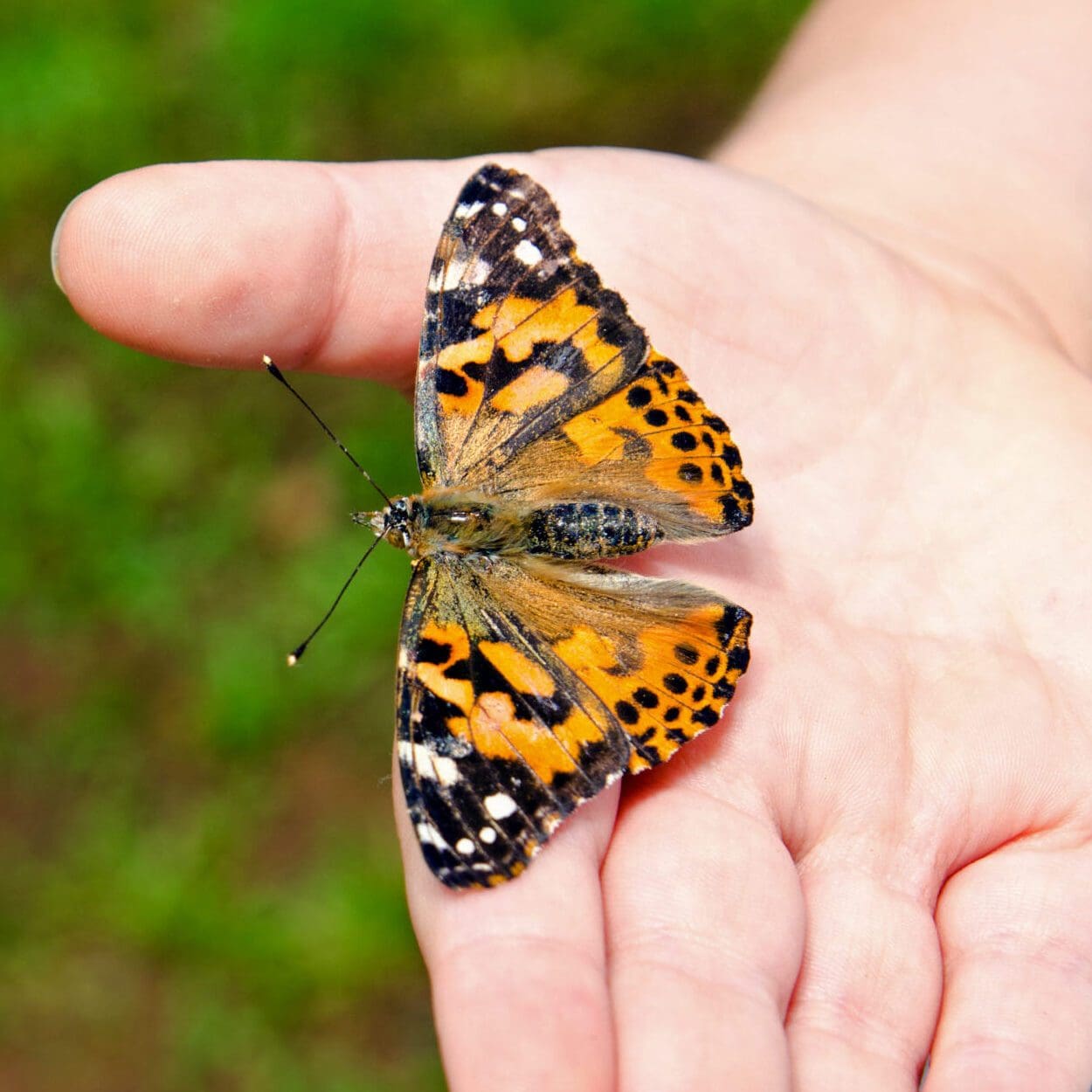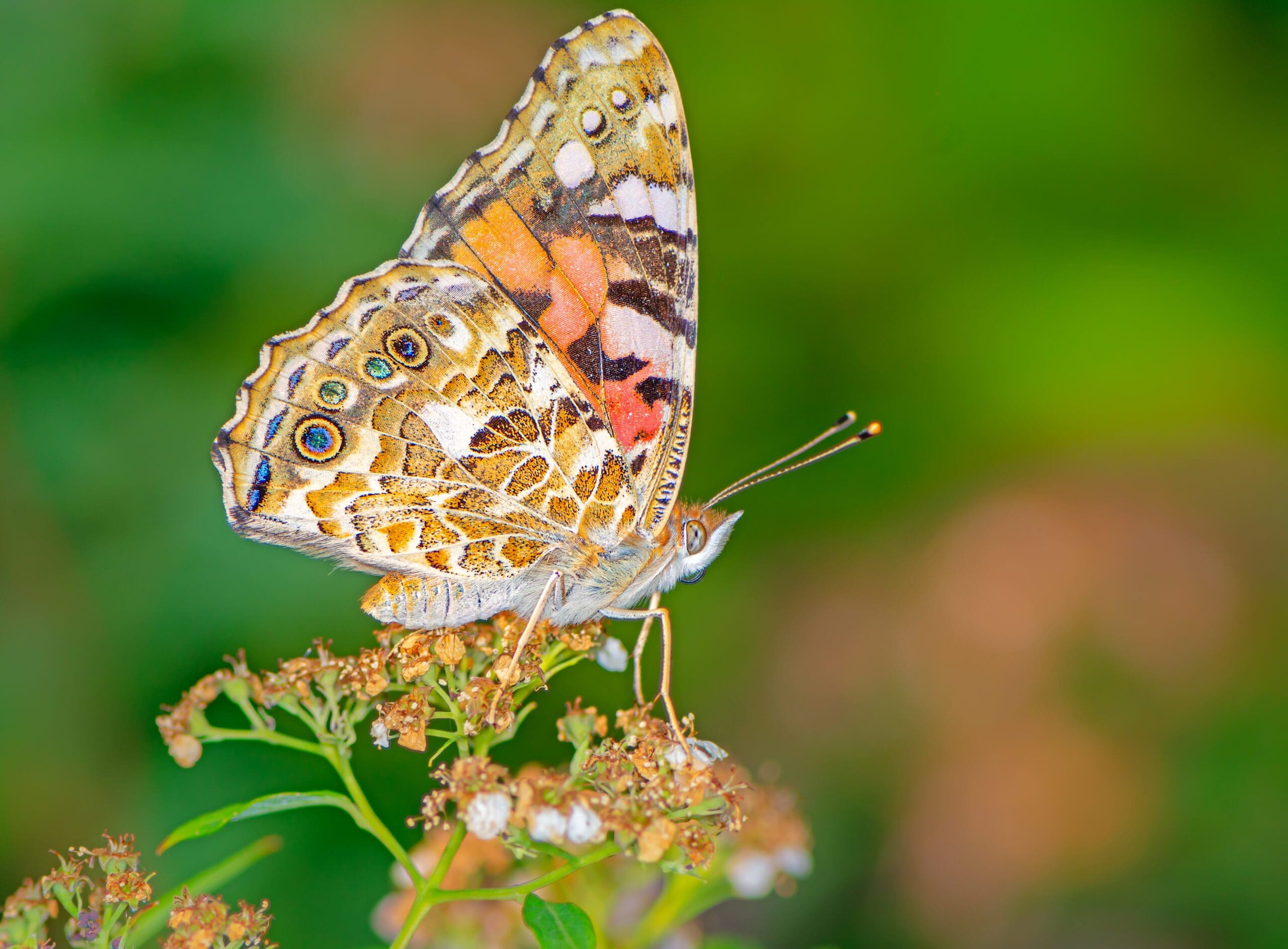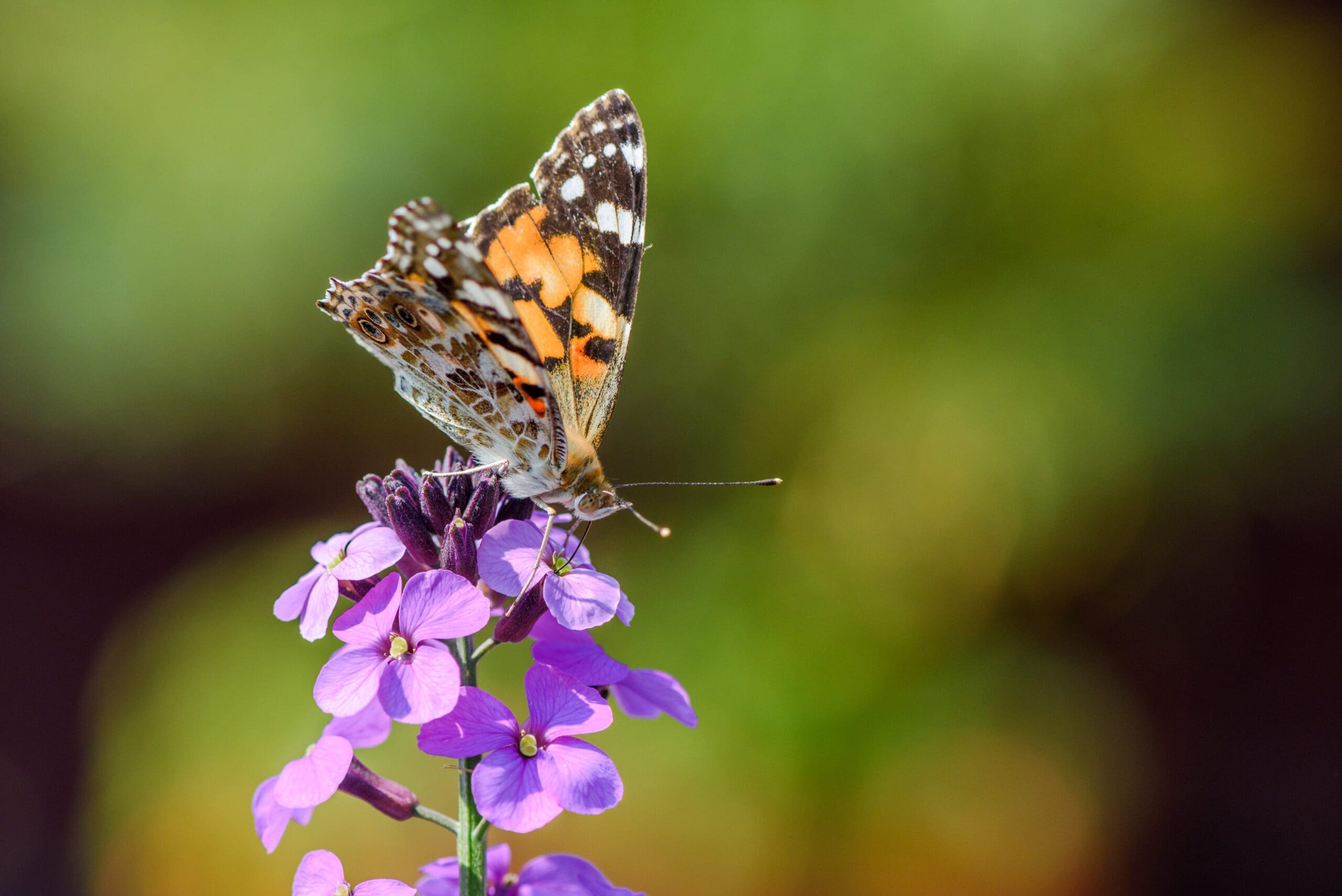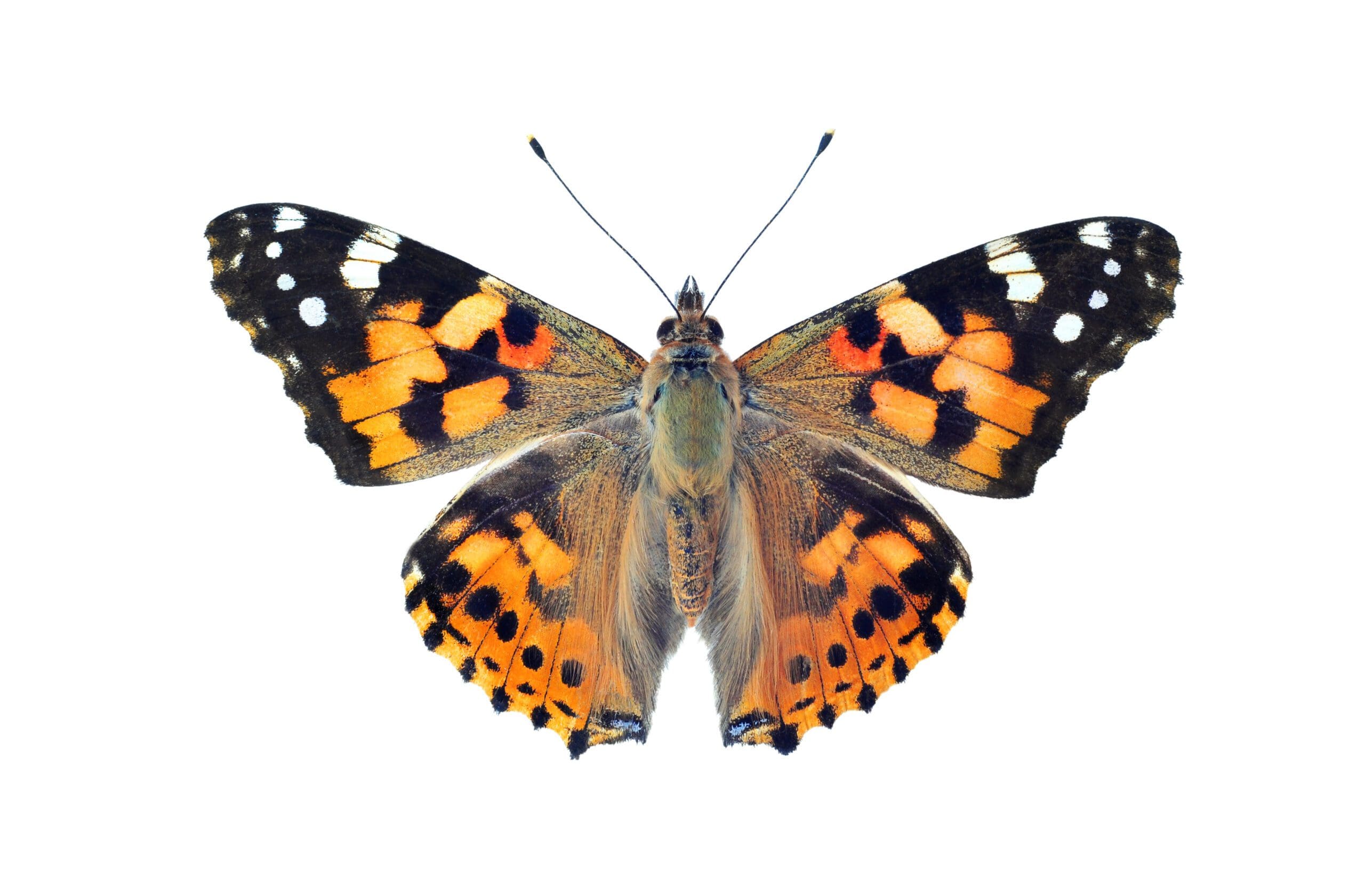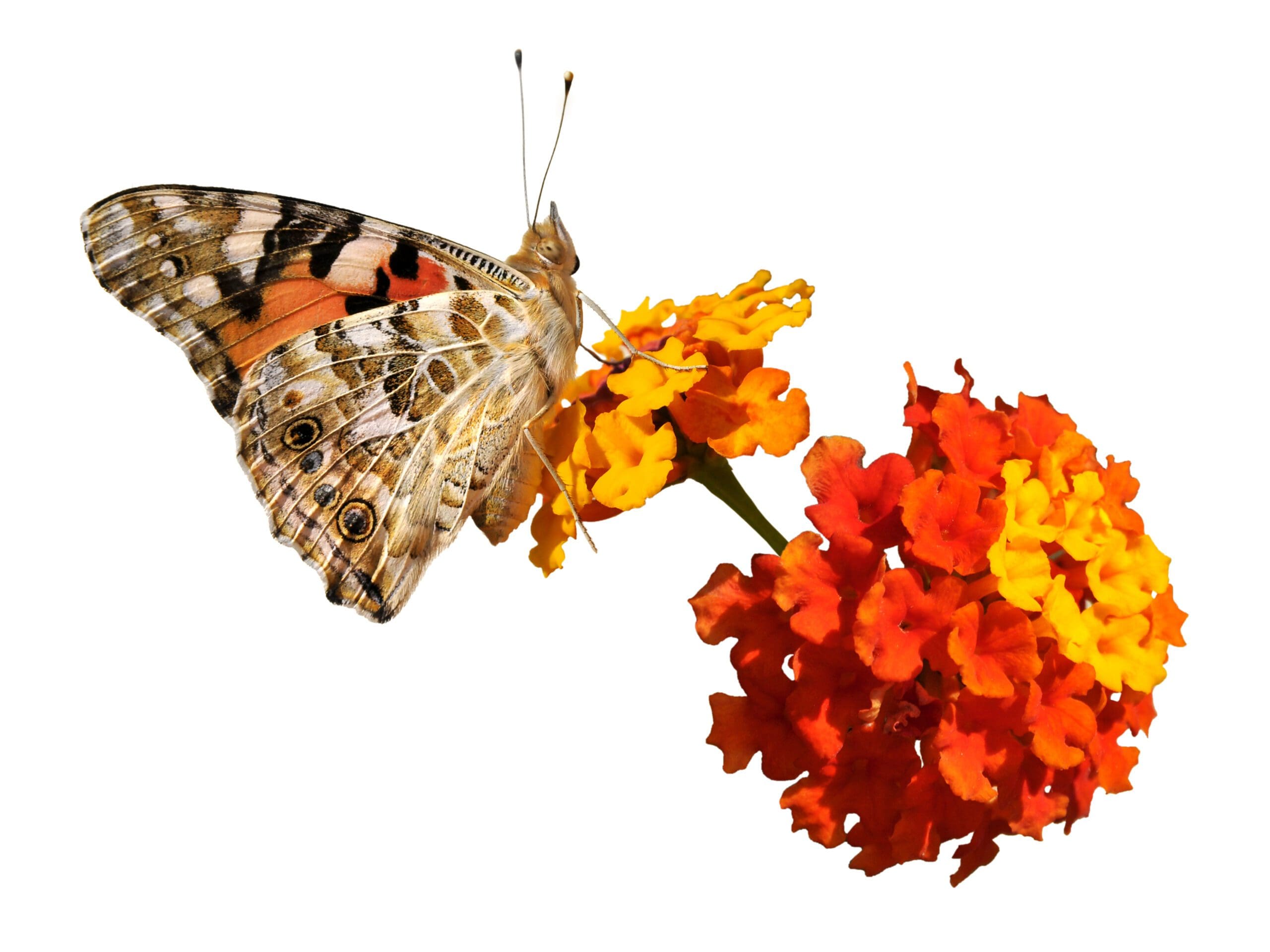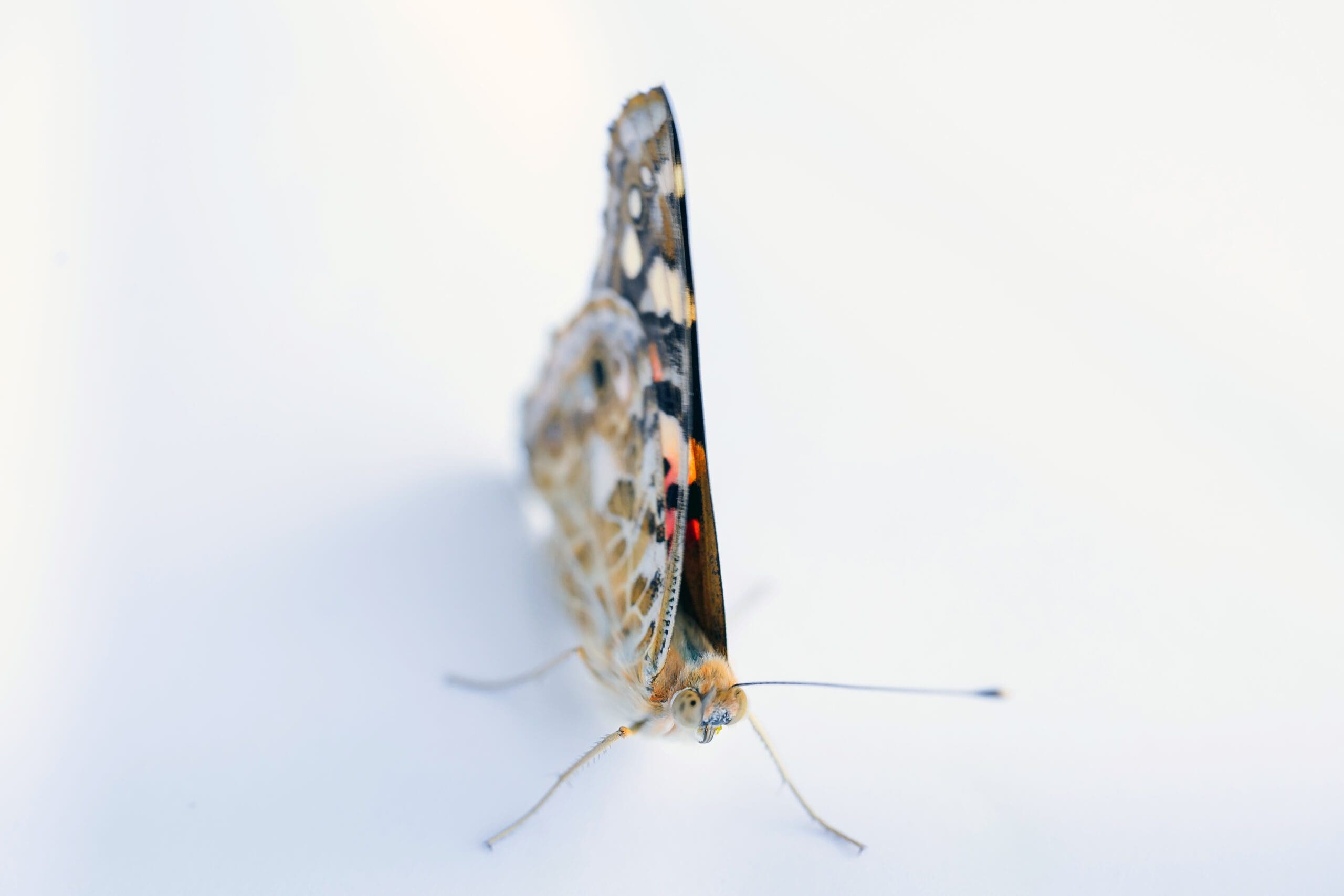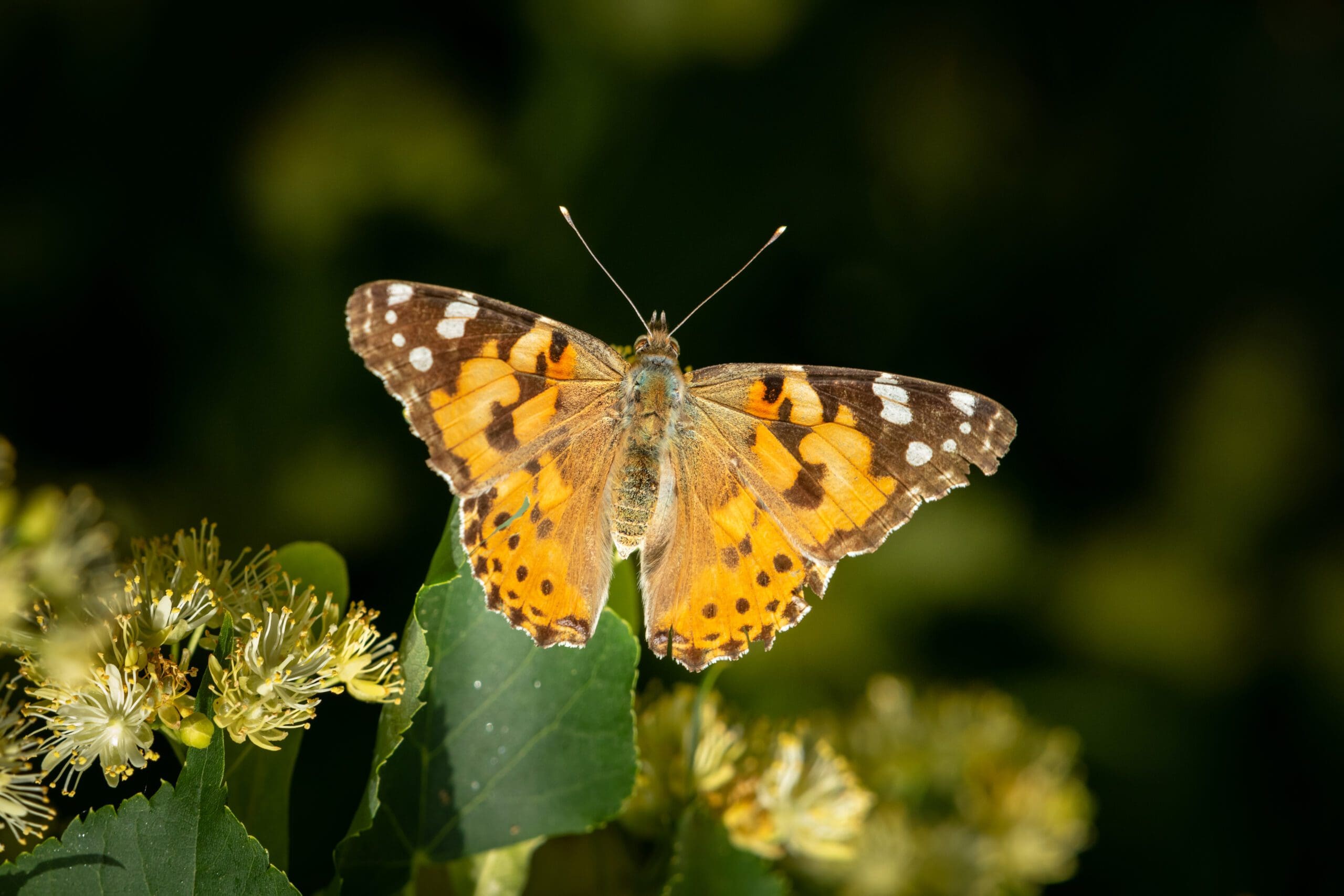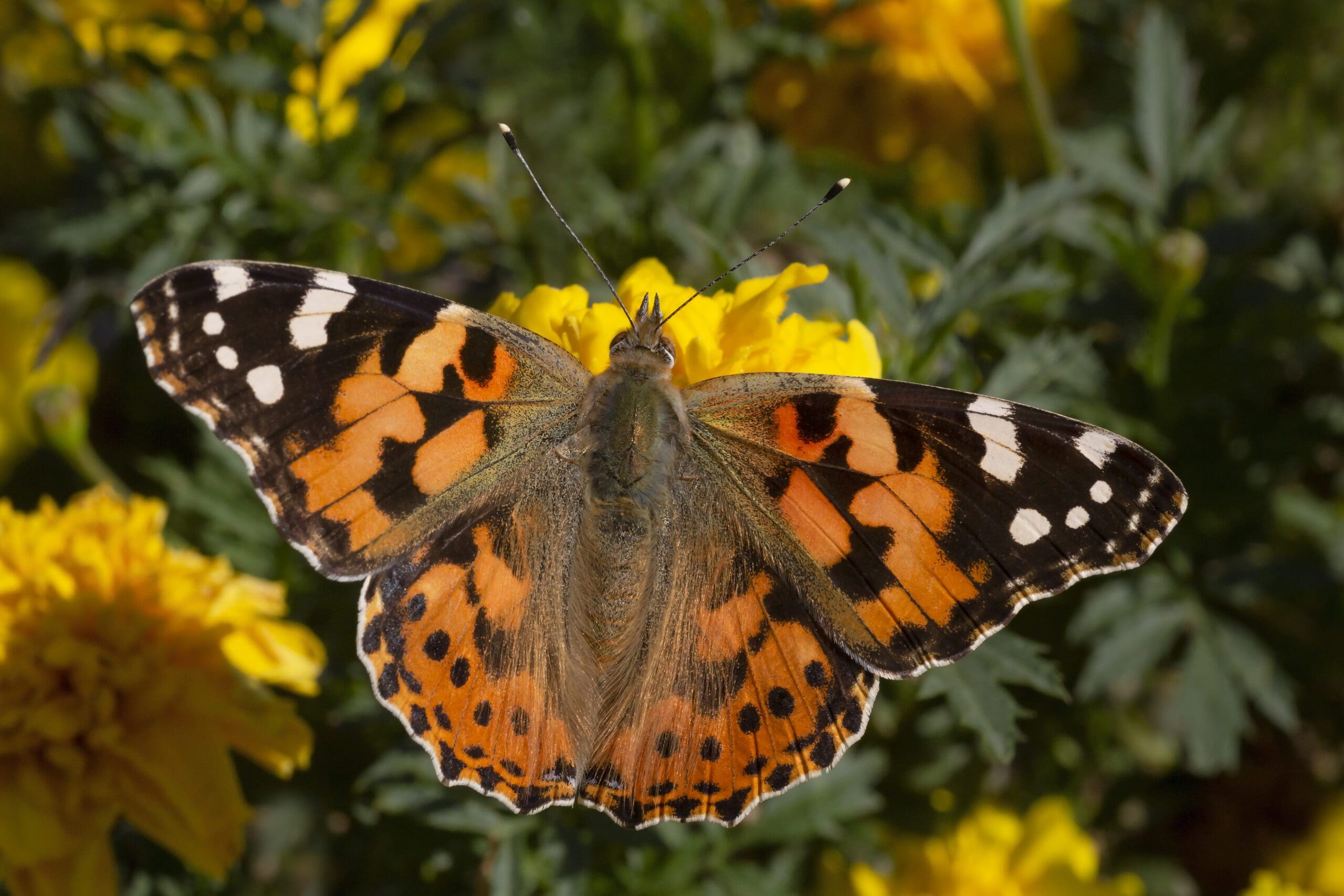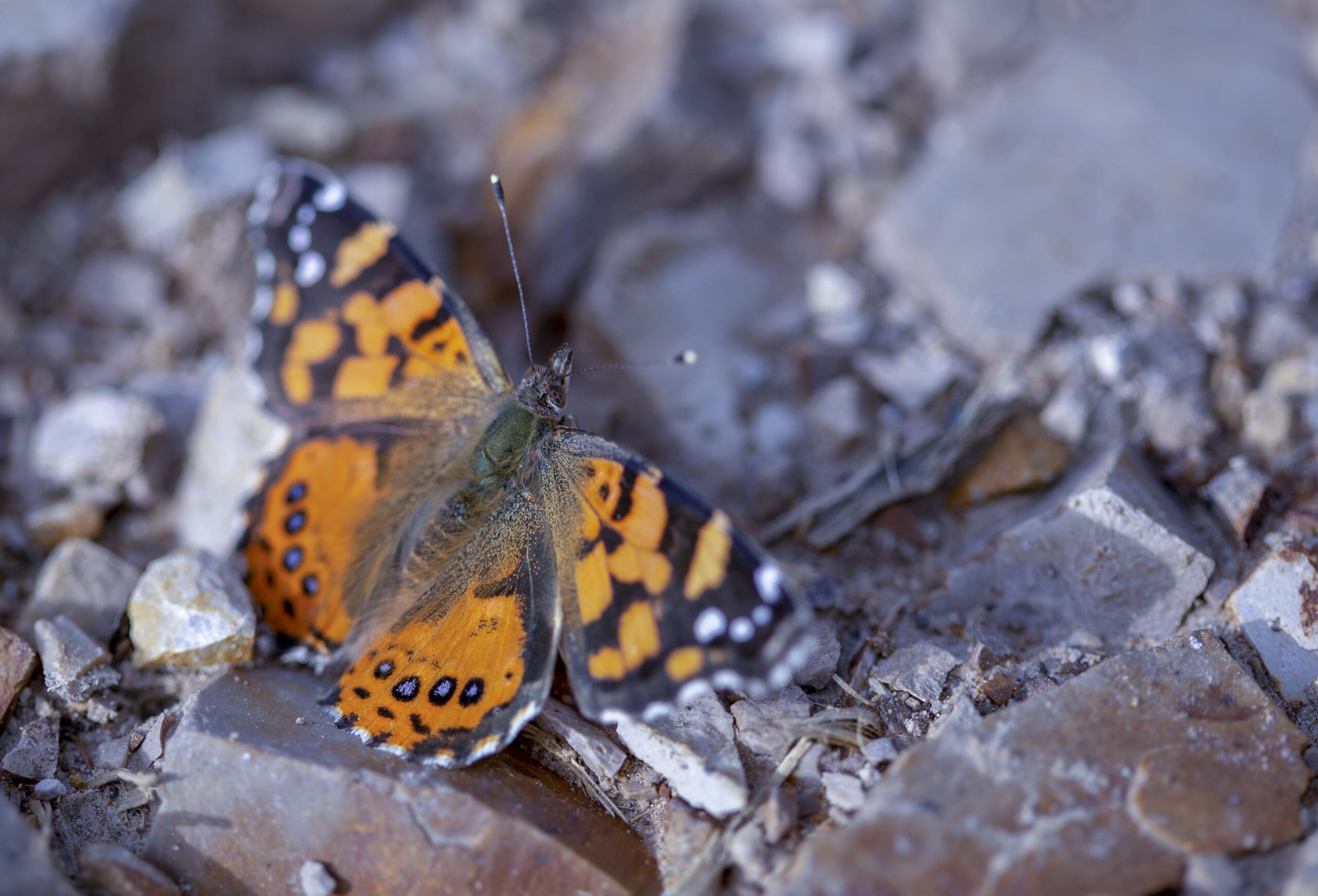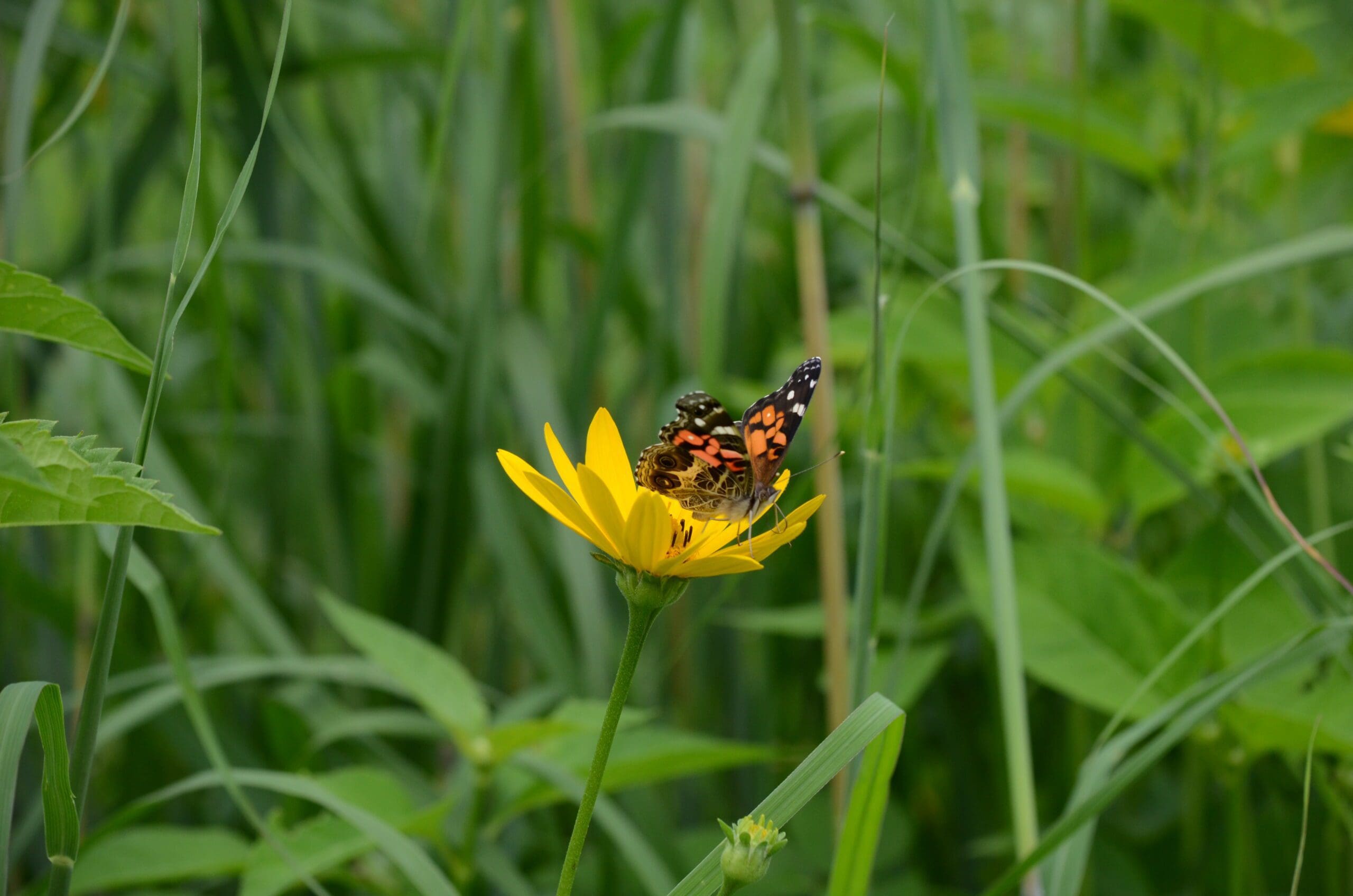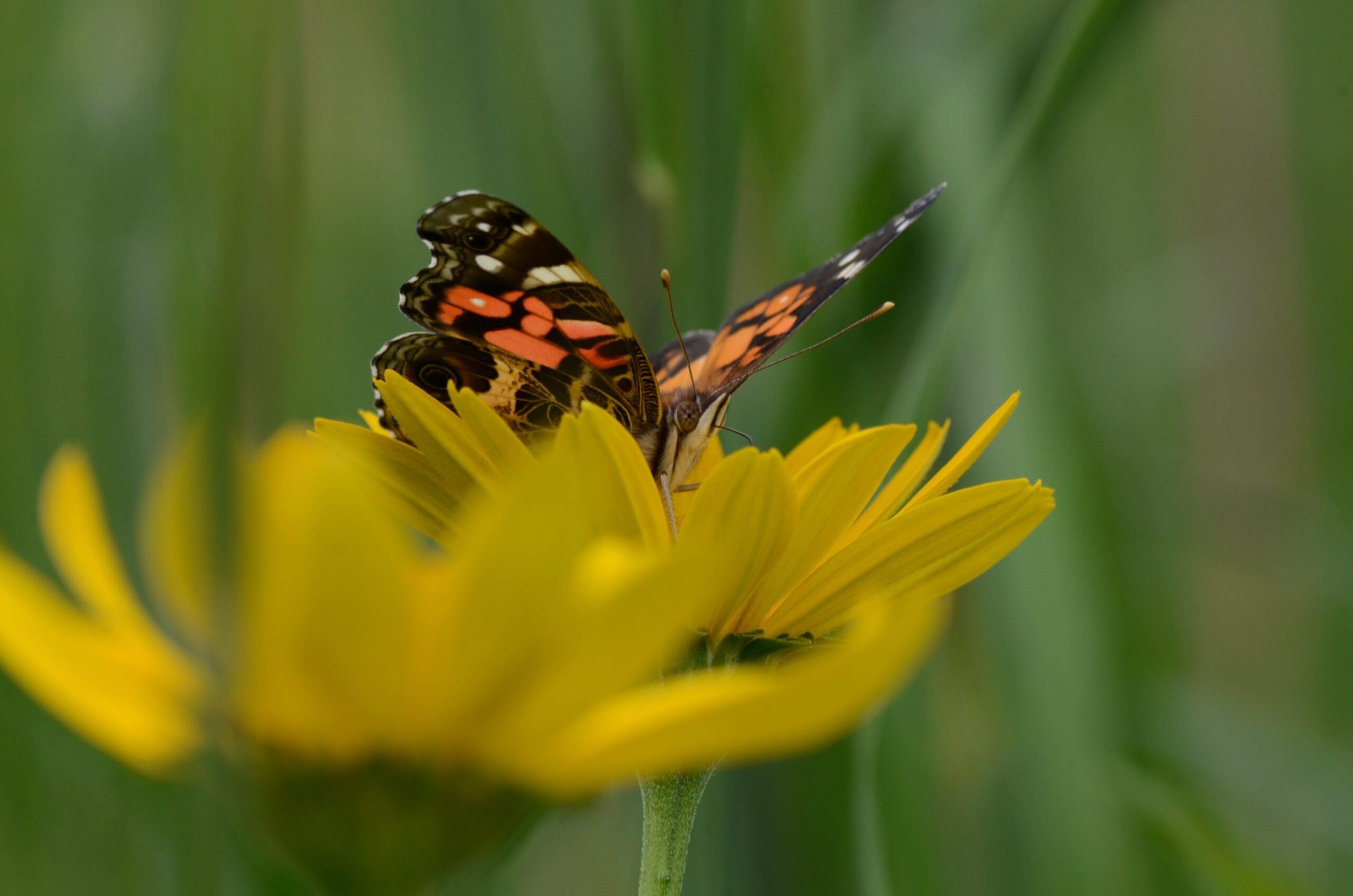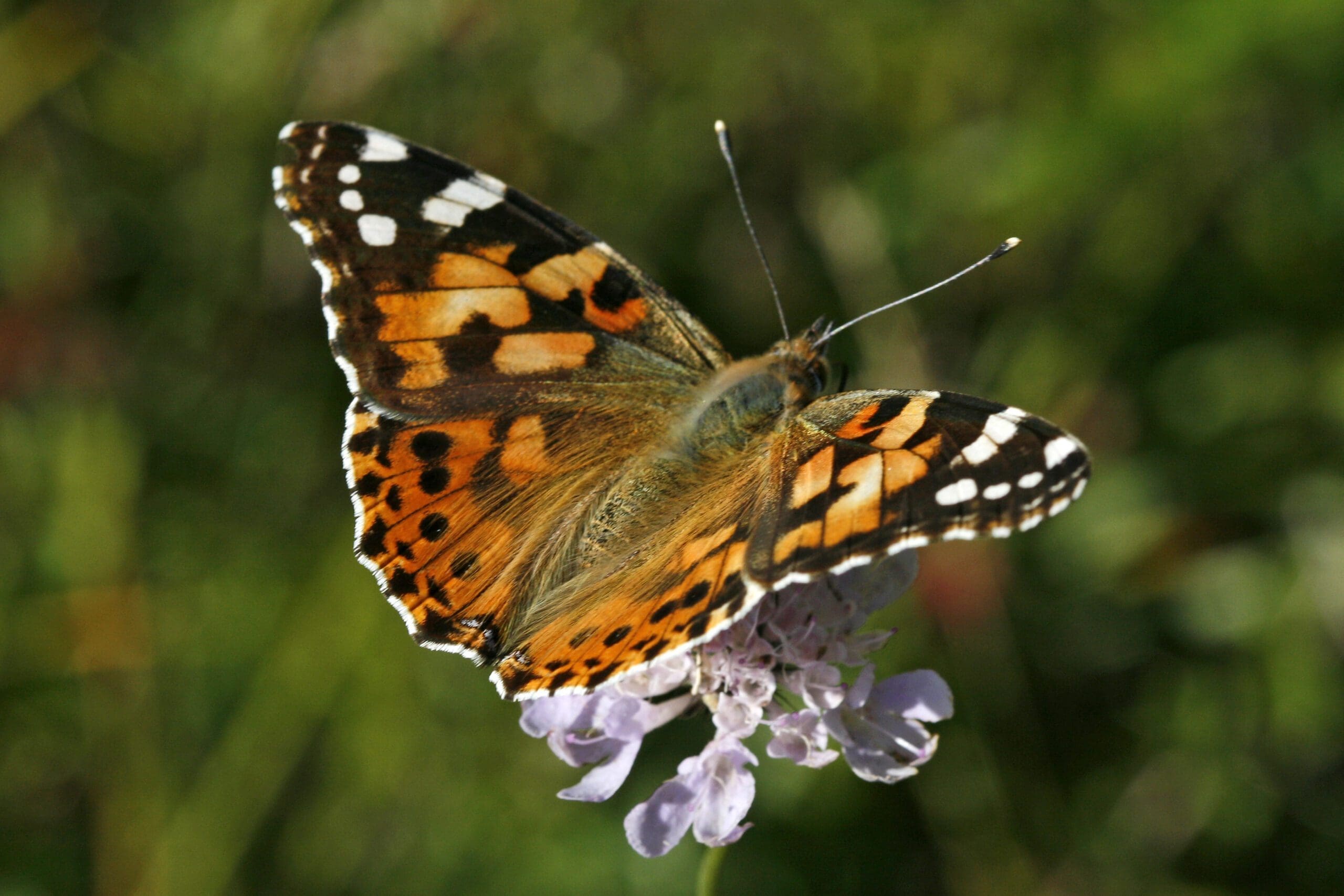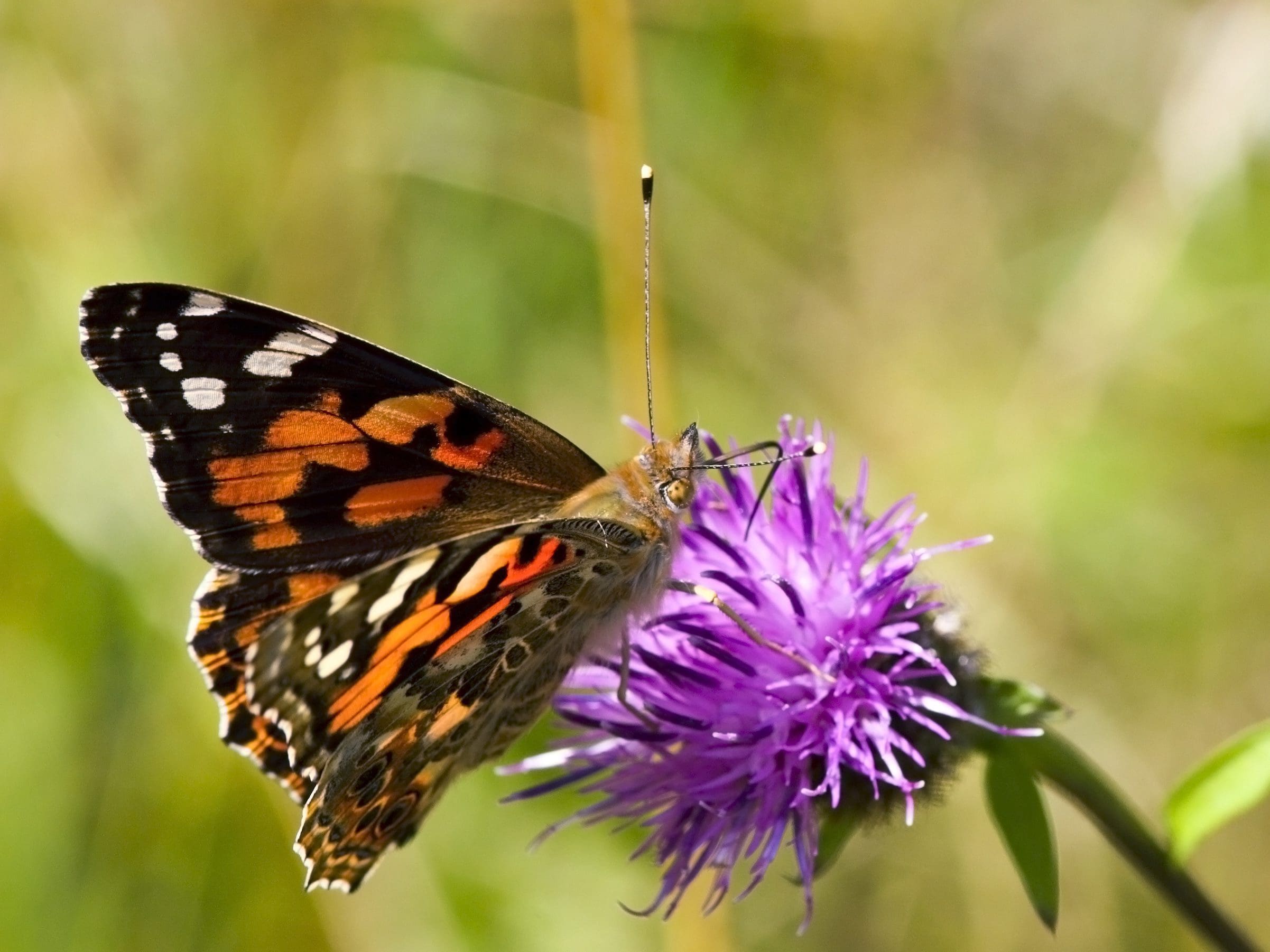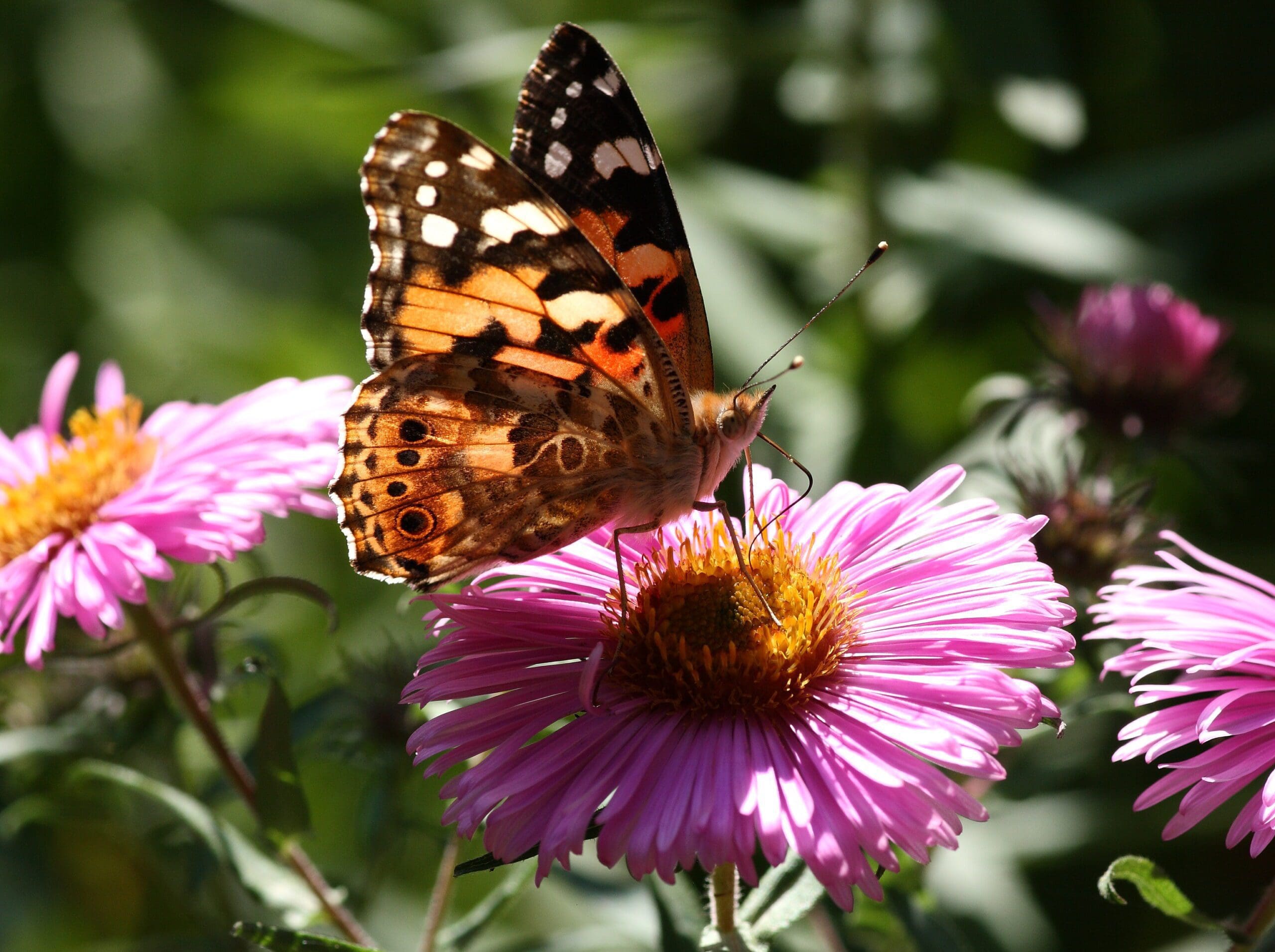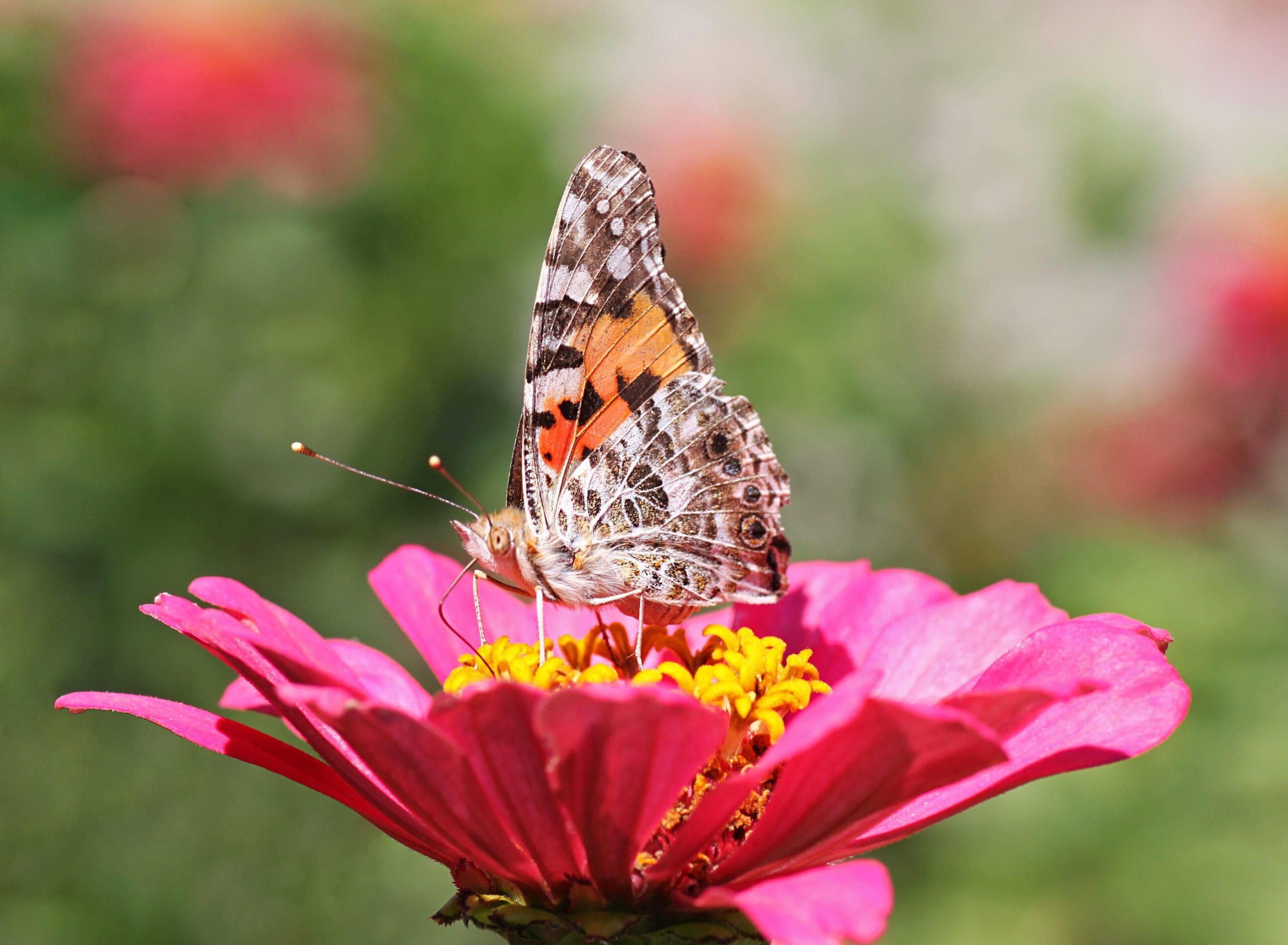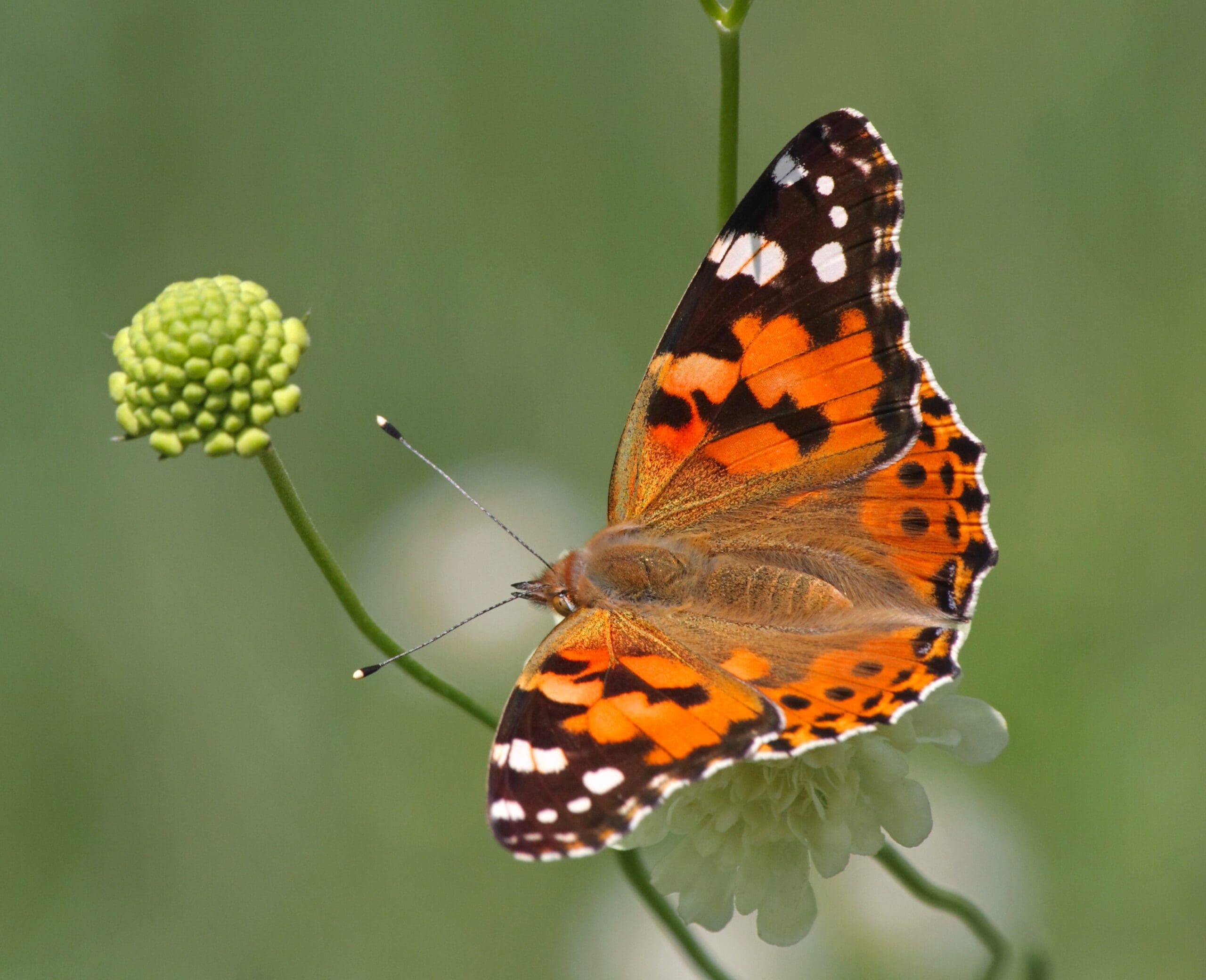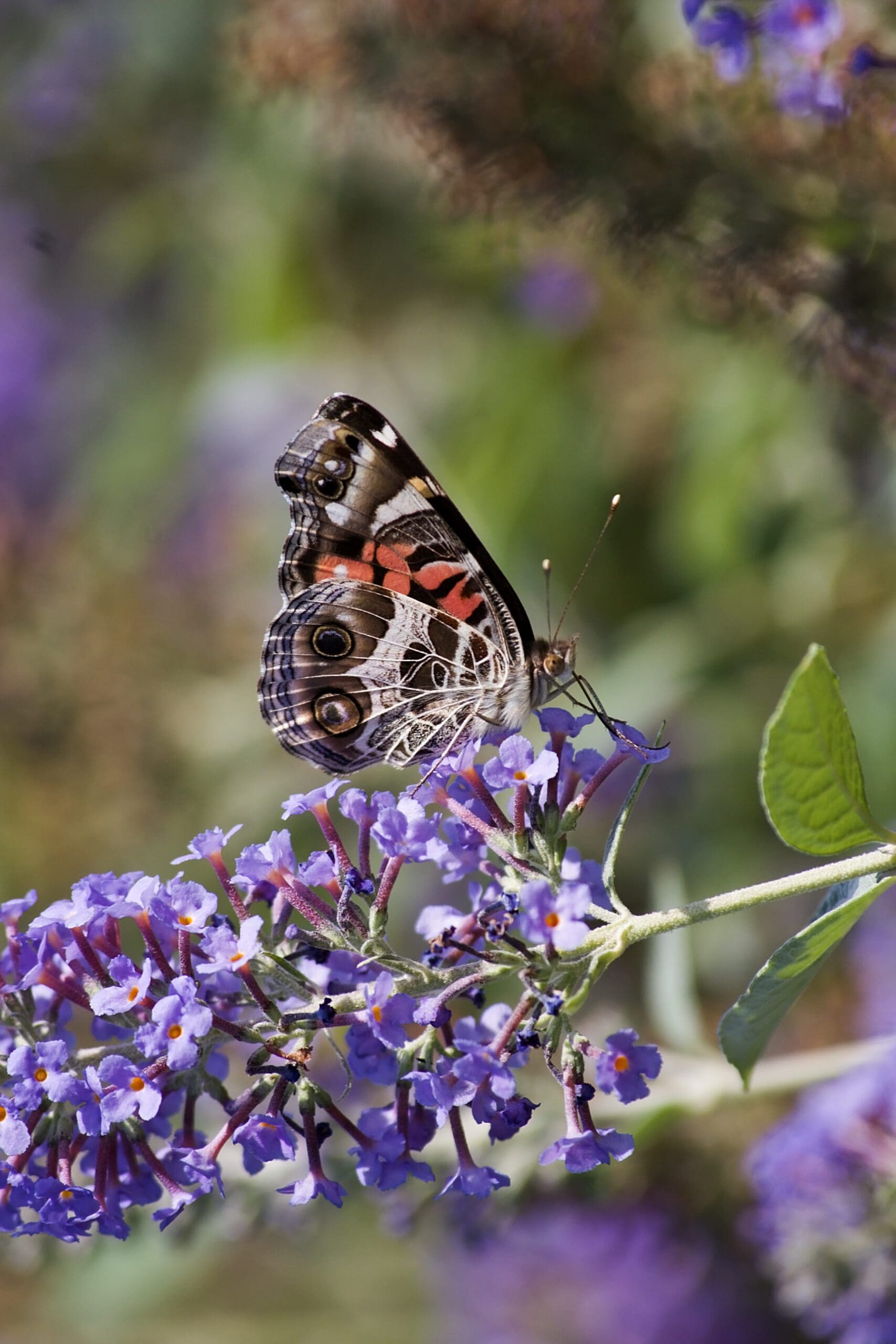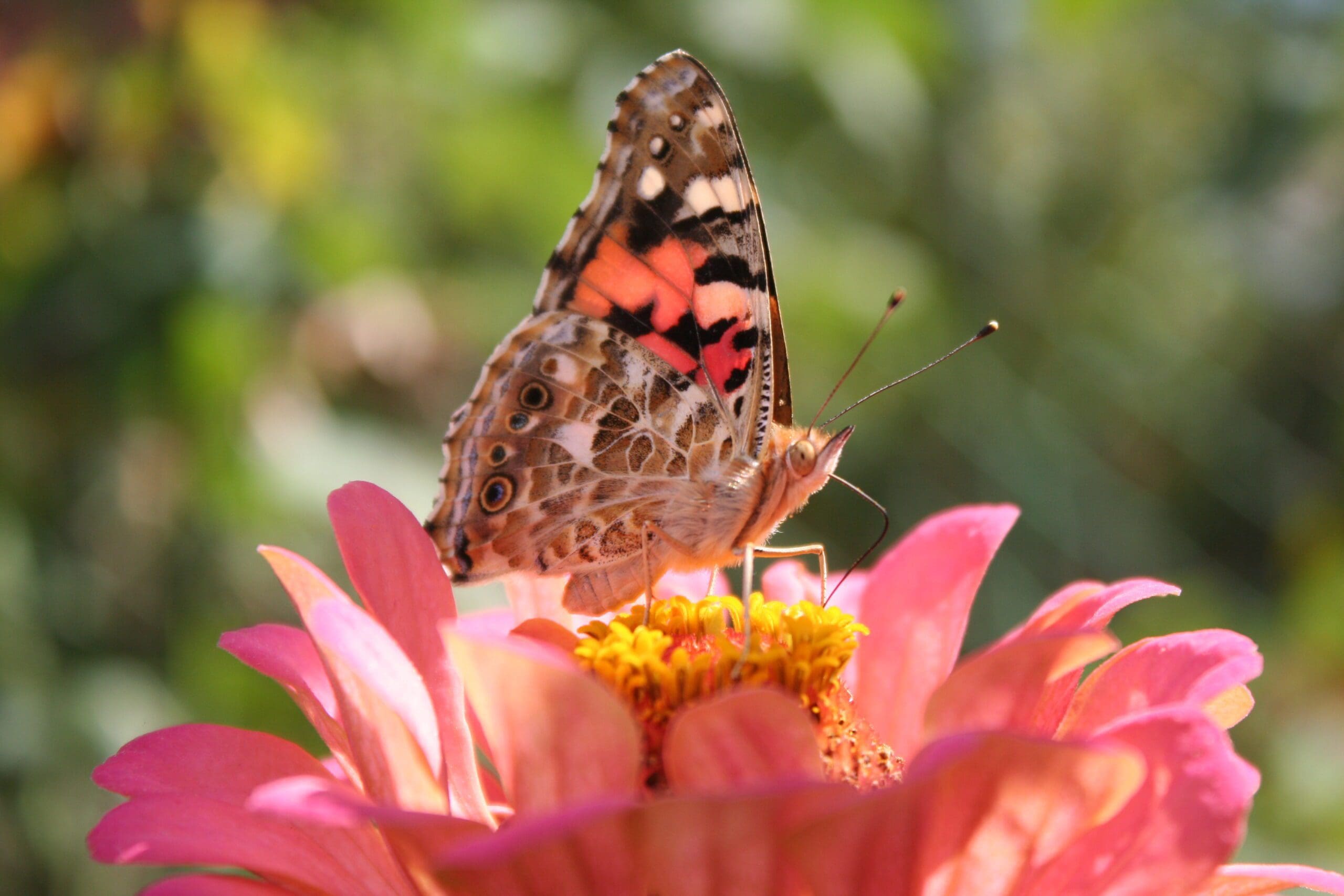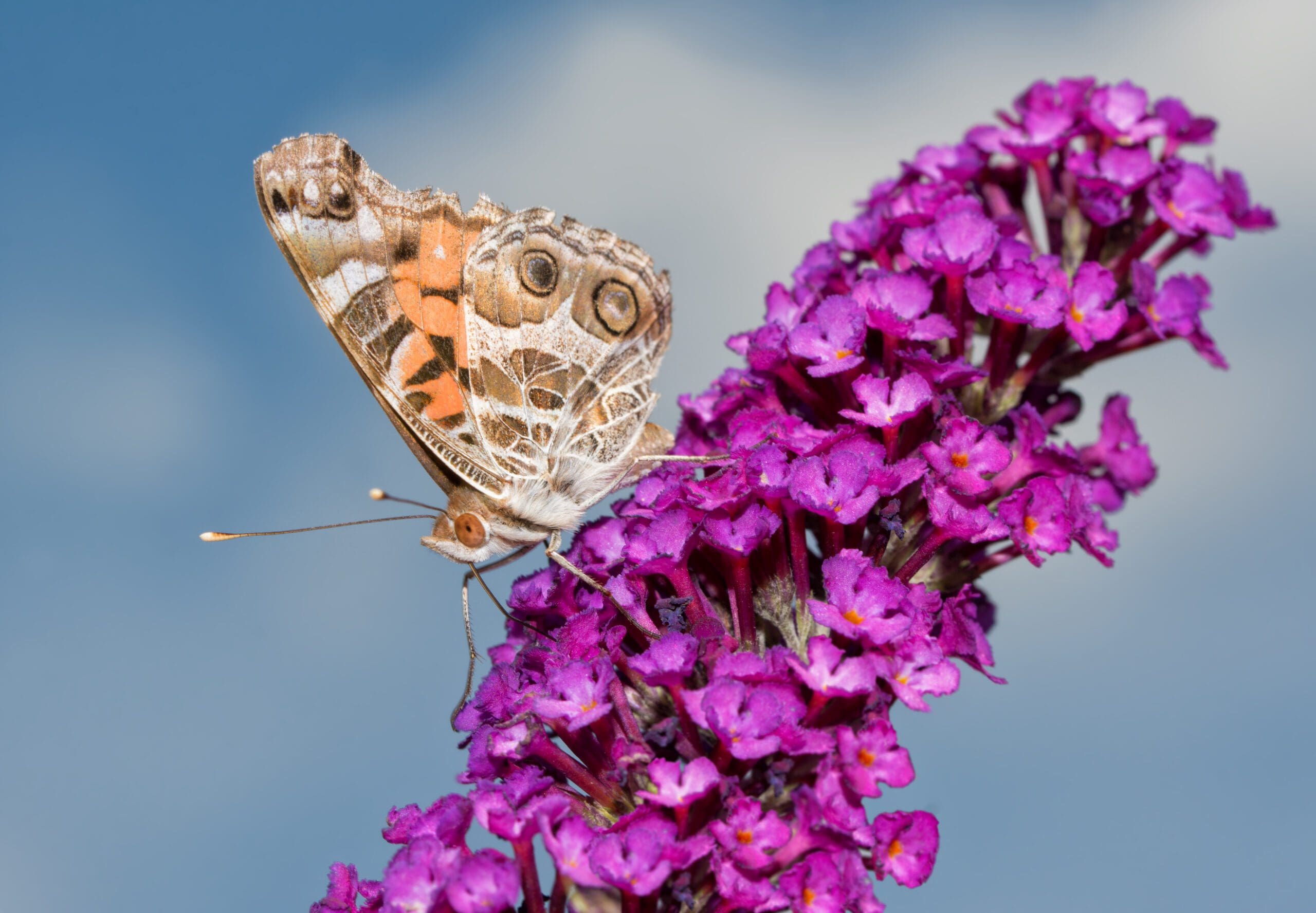SHIPPING TIME
The next available shipping dates are estimated to be during the week of August 26th, weather and season permitting. All orders placed and paid for from June 27th onwards will be shipped during this time frame.
Additional shipping dates will be available in September. This section will be updated once those dates are confirmed. For more details, please continue reading.
We begin shipping these kits each year at the end of April/May – weather dependent and season permitting. These kits continue to ship in June and late August, September each year. These kits are available for purchase year round but only ship at specific times throughout the listed months. We do not ship during the month of July until late August because of extreme heat, which is not optimal for shipping and handling caterpillars. Additionally, from late October until April, we are unable to ship kits due to cold weather conditions. Releasing insects in cold temperatures outside their natural survival requirements, without a food source, may lead to their perishing.
We will do our best to ship your kits in the month you request, but if there are any delays or issues, we will notify you via email. While we have a substantial volume of kits available, we fill orders based on the priority they are paid for, so we advise placing your order as far in advance as possible. Prior to shipping out your order, we’ll notify you via email.
Please be aware that the “as soon as possible” option does not guarantee immediate shipping; rather, it signifies that your kit will be shipped as soon as it becomes available, during our seasonal timeline. This means these orders will be shipped out as soon as they become available within our seasonal timeline, which may occur at the end of April-May, June, or August-September. Your order will then ship in the priority it was paid for. Once your order becomes ready and we have a shipping timeline available we will notify you via email prior to shipping your order.
When ordering Caterpillar – Build a Painted Lady Butterfly Raising Kits for two distinct timelines, such as different months, the shipment will be processed based on the earliest available shipping timeline. If you desire multiple shipments, kindly submit separate orders, as each will incur its own shipping costs. Consolidated orders in a single cart will be shipped together, and the shipping fee will reflect the entire order. By default, the complete order will be dispatched with a unified tracking number, unless otherwise specified. This applies for all of our products/insects including Butterflies For Releases and all other insects available on our website. To convey specific shipping instructions or preferences, please communicate via email. Our staff will need to confirm and acknowledge these details to ensure feasibility, as not all requests can be accommodated.
All shipments are made through Canada Post and shipped to the address provided, however, they may choose, at their discretion, to leave your package at your front door, a side door, with a concierge, at a safe drop location, in a community mailbox, or tag it for pickup at your local post office. Although we wish they can hand-deliver every package, it is out of our control. Please ensure you provide the most accurate postal address and any special instructions if needed.
In the past, we’ve used other courier and delivery services, and our experience has been that Canada Post takes the most care when handling our packages. After years of service, we developed a relationship with Canada Post as they are aware of the contents of our packages and use special handling with every delivery.
All of our packages are shipped Expedited, XpressPost or with Priority shipping based on the shipping method selected by you. This will include a tracking number and standard $100 postal insurance from Canada Post. Postal insurance is included on all orders and any claims for damage or lost packages should be made to Canada Post. For full details on Canada Posts delivery terms and conditions, please visit www.canadapost-postescanada.ca
To learn more about about our shipping policies in details please visit https://monarchbutterflies.ca/about-us/shipping-policy/
